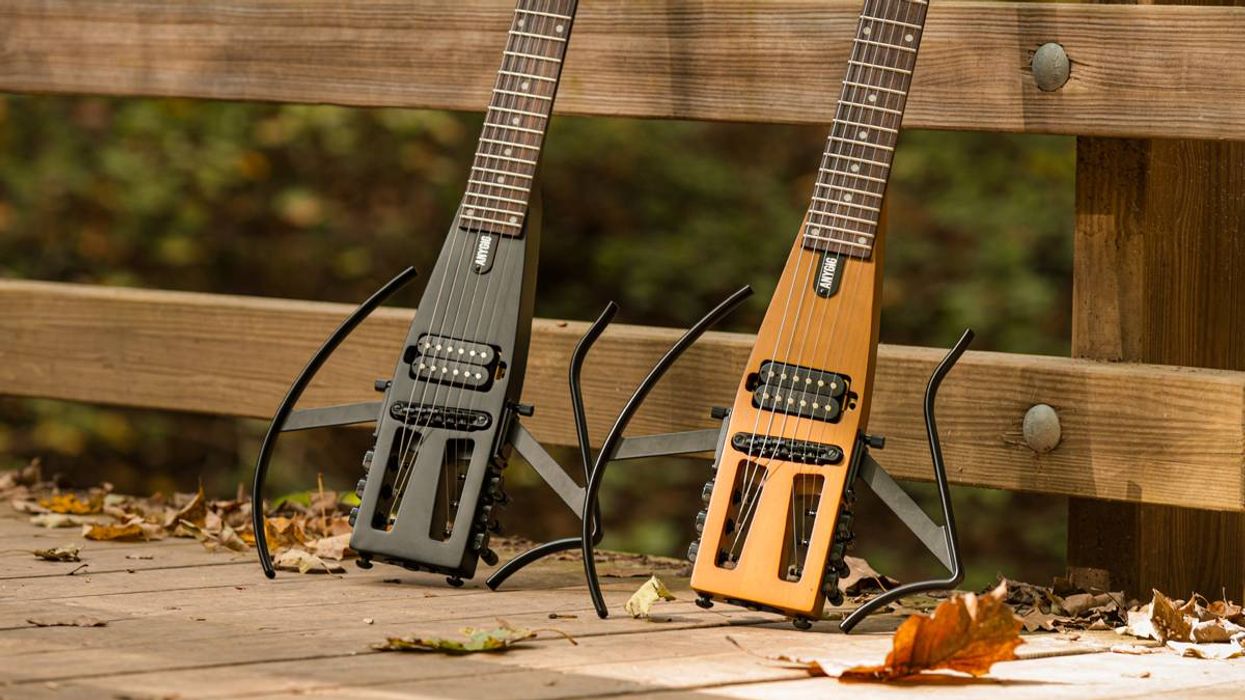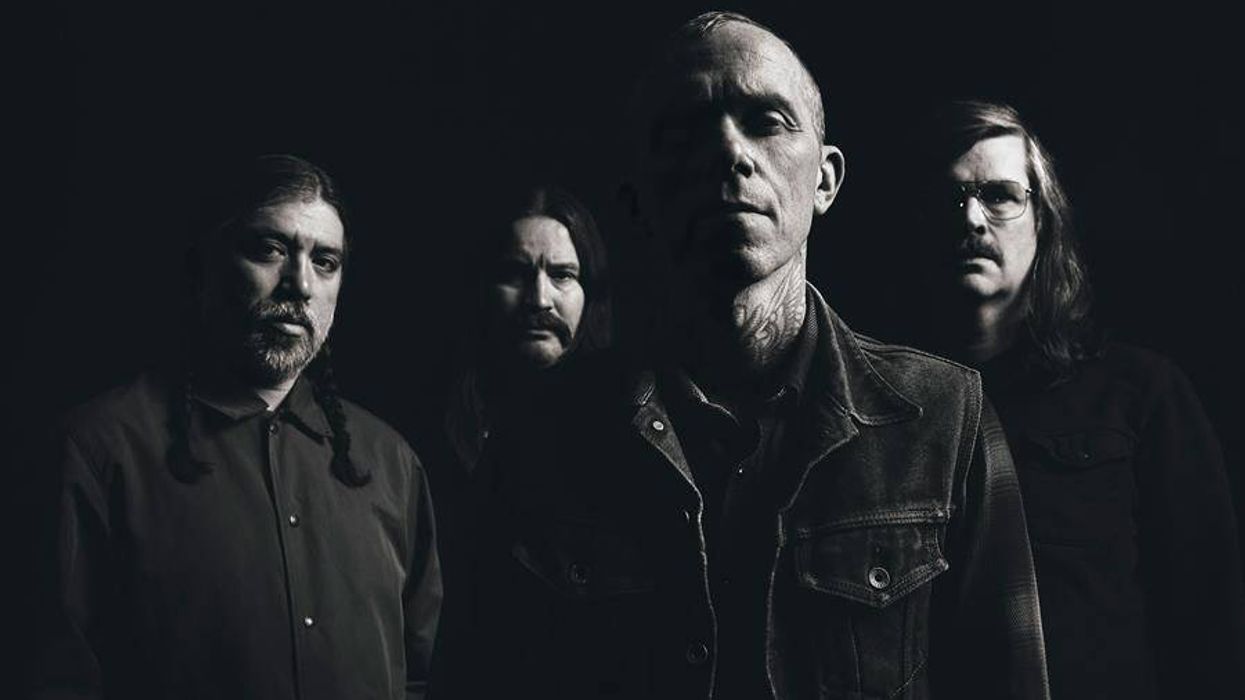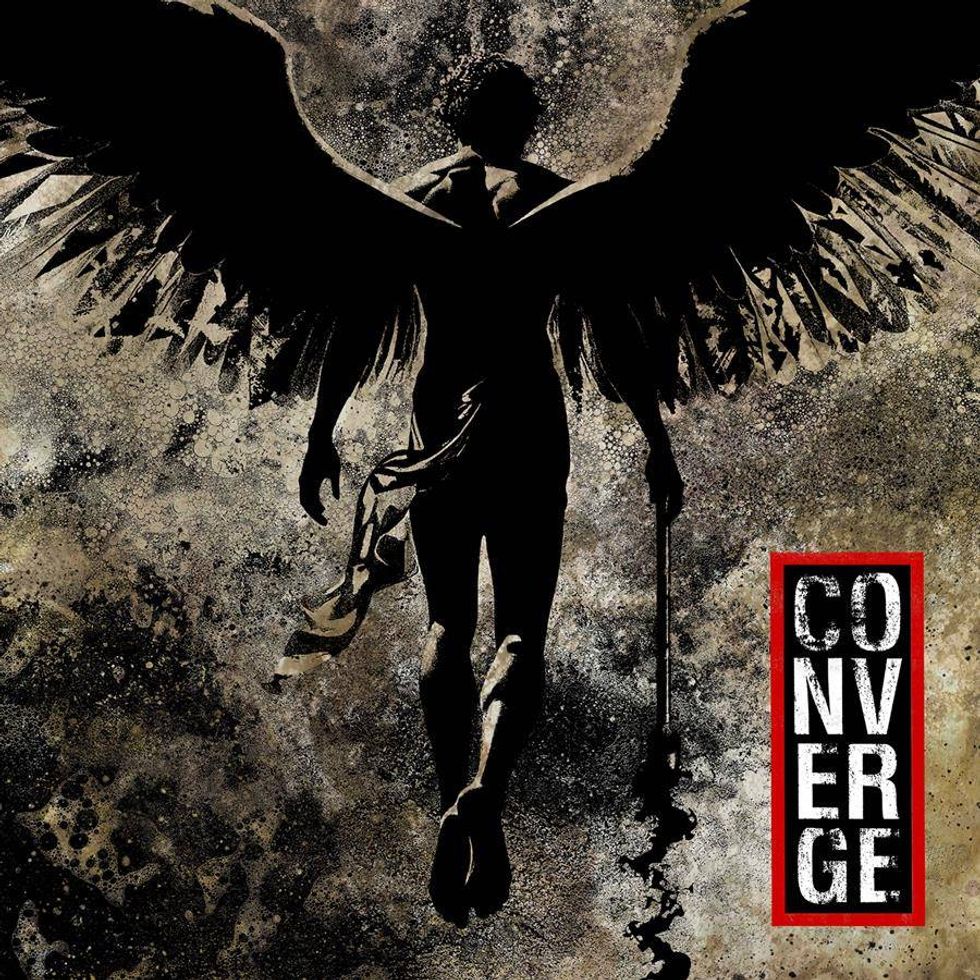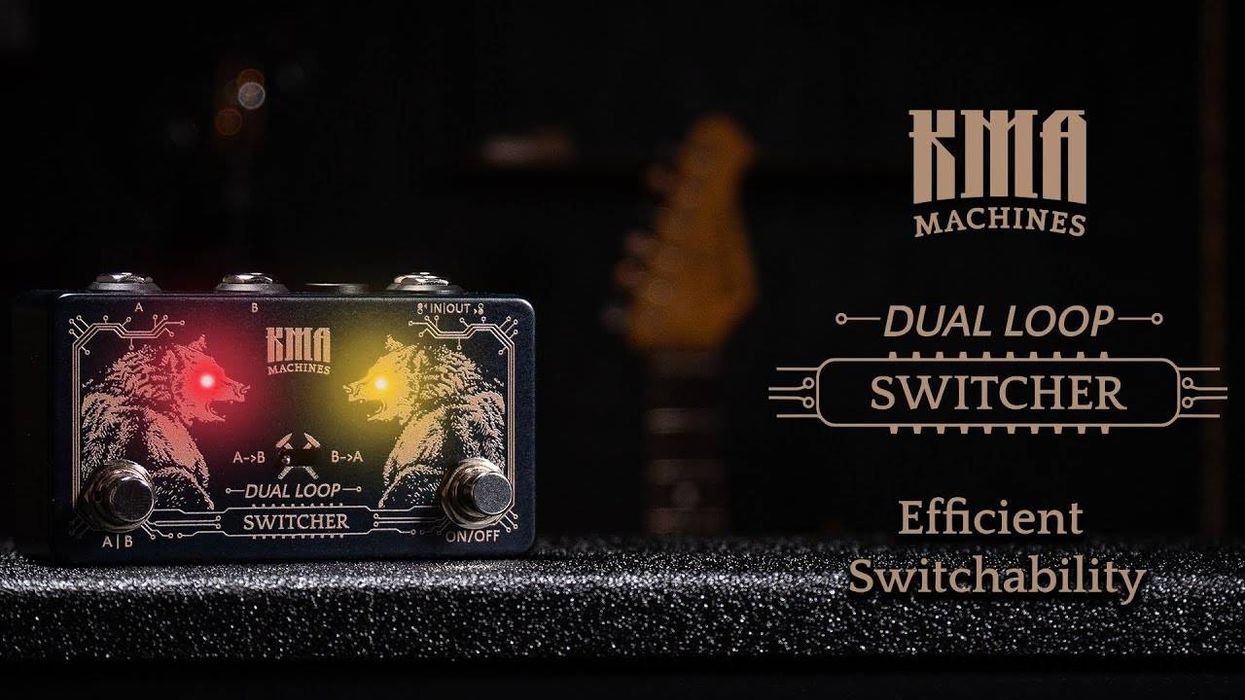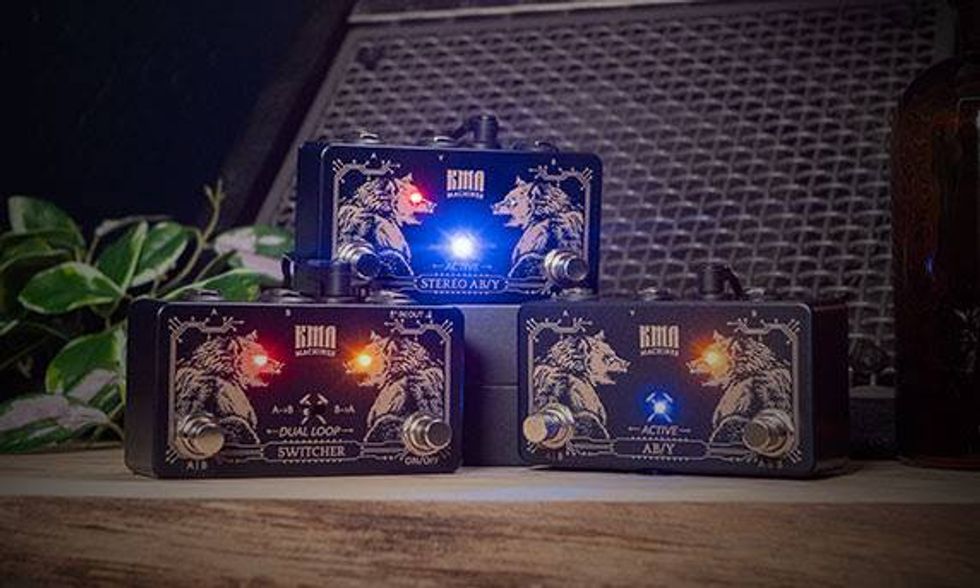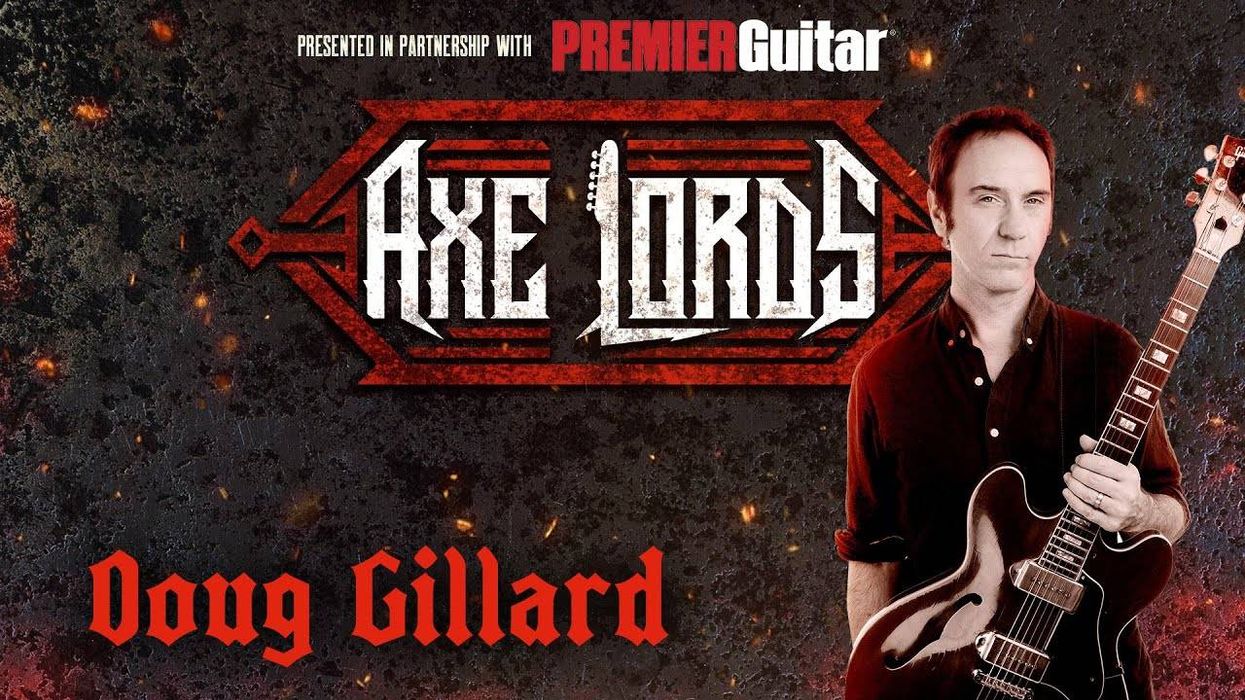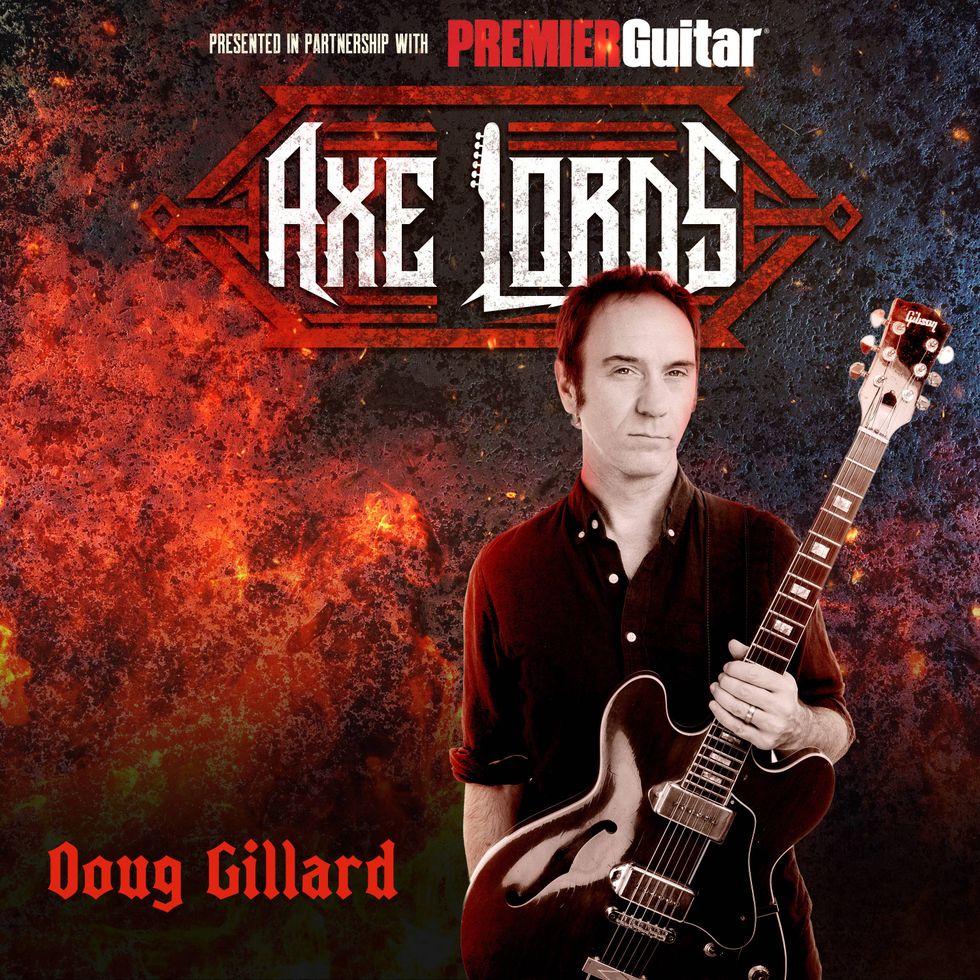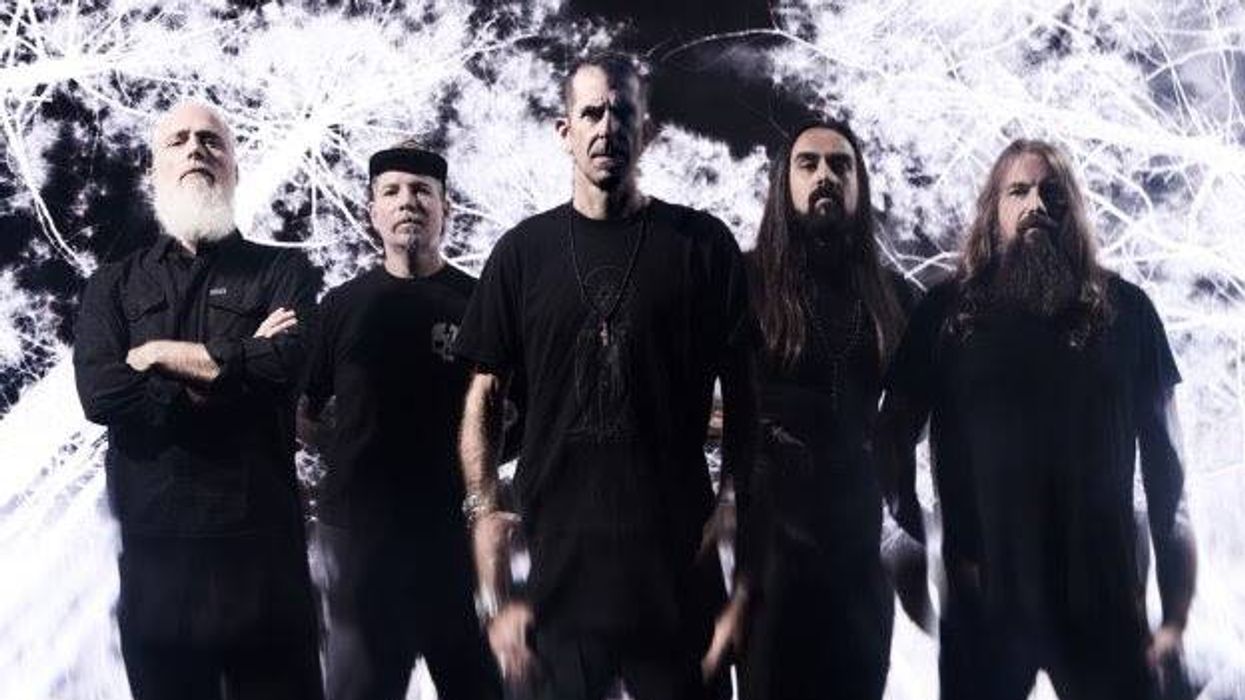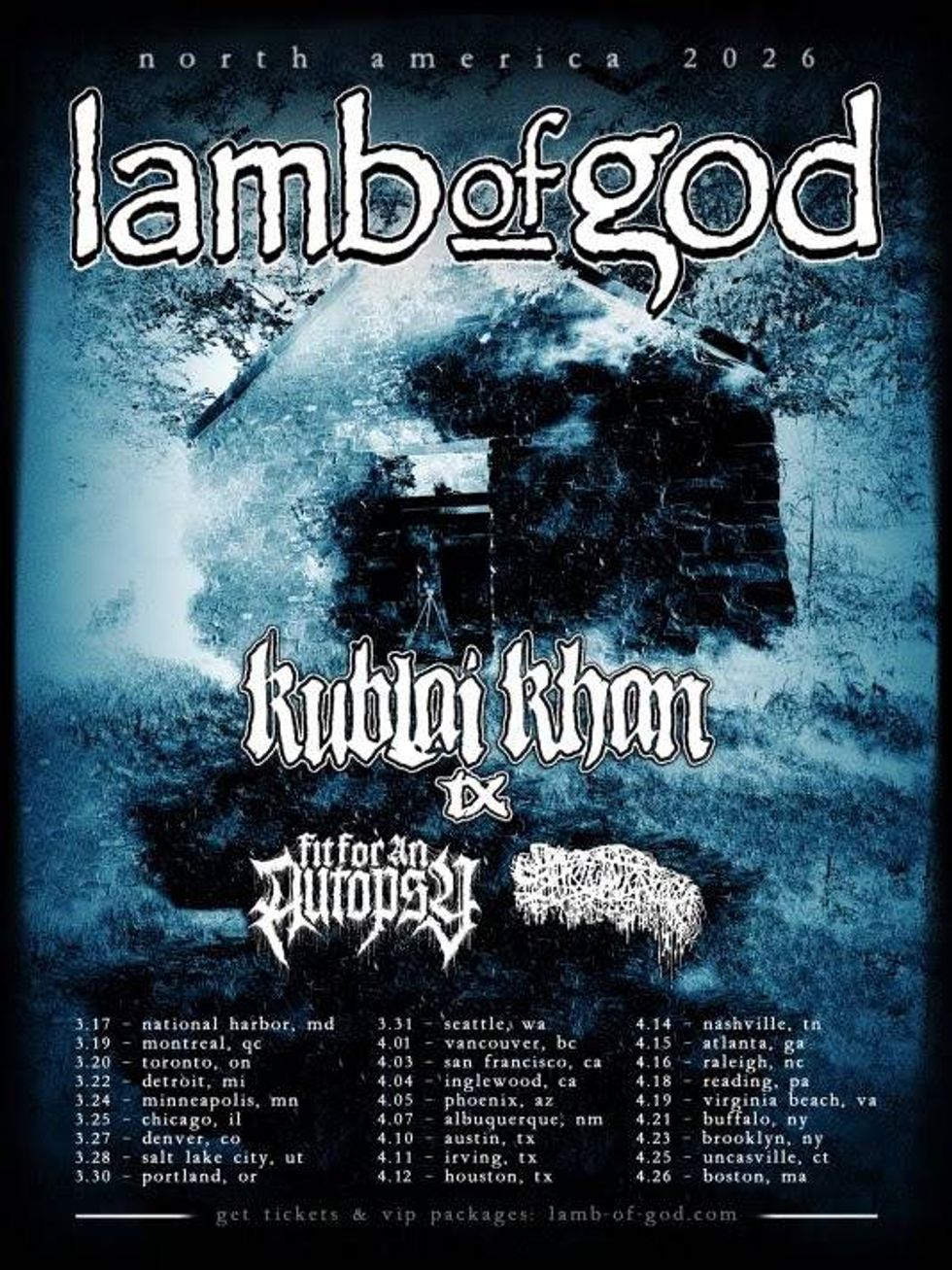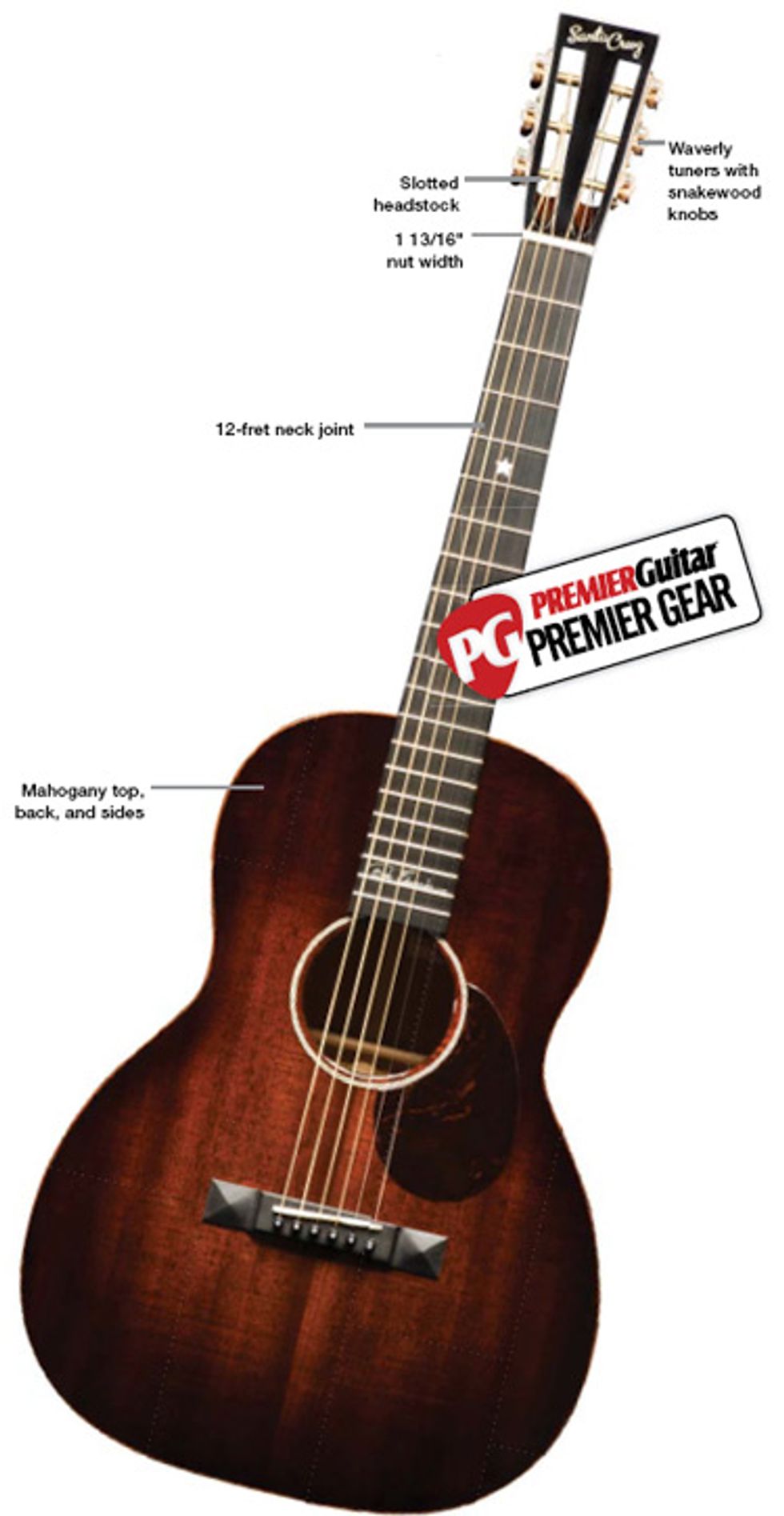 Download Example 1 |
It’s nice to imagine that a little bit of
every guitar’s creator comes out in the
instrument itself. But that notion is entirely
more believable when you play a Santa
Cruz. Richard Hoover, who co-founded
the company in 1976 before taking over
in 1989, is a big-hearted dude with a
deep love of guitars, good Mexican food,
and a great tune. He’s also an unwavering
stickler for detail. Not surprisingly, his
instruments walk the line between living,
breathing things and precision equipment
like few guitars can. And pickers from
Tony Rice (who is honored with his own
signature model dreadnought) to David
Crosby count Santa Cruz guitars among
their tools of choice.
The all mahogany-bodied, 12-fret,
00-sized Don Edwards Cowboy Singer—
one of the latest signature creations from
Santa Cruz—perfectly embodies the balance
between organic and exacting. It’s a
guitar of obvious and uncompromising
quality that looks timeless just sitting in
its denim-and-leather case. But as a single
strum reveals, it’s an uncommonly lively
and harmonically even instrument that
also barks with an authority that belies its
small size.
A Cowboy’s Tale
The Cowboy Singer’s namesake and inspiration,
cowboy balladeer Don Edwards,
could rightly be called a legend. He may
be best known to contemporary listeners
for his lament “Coyotes,” which closed
Werner Herzog’s 2005 film Grizzly Man.
But his signature Santa Cruz celebrates his
50th year as a keeper of the cowboy-song
tradition. And while Santa Cruz could
have slapped Don’s name on just about
any guitar and done his legacy justice, the
full-spectrum voice of this signature model
is particularly well-suited for performers
who, like Edwards, rely on the simple
combination of voice and guitar or even
6-string alone.
Hoover and Santa Cruz worked from
a proven template when designing the
Cowboy Singer. It’s clearly inspired by
Martin’s enduring 00 shape, which dates
back to the 1870s. But it’s likely more specifically
modeled after the 00-17, a gloss-finished,
all-mahogany version of the 00 that
Martin sold during the Great Depression.
While the Cowboy Singer looks understated
in the tradition of those instruments,
it is certainly not austere. The
buffed nitrocellulose finish is absolutely
glassy and flawlessly applied. That’s a
wonderful thing, given the gorgeous grain
of the mahogany and the beautiful cocoa-hued
sunburst.
Elsewhere on the Cowboy Singer,
things are equally luxurious and low-key.
Mahogany body binding subtly but
effectively highlights the Cowboy Singer’s
classic lines and proportions. A small tortoise
pickguard is a nod to Martin’s early
mid-century 00 and 000s, as is the pyramid
bridge. The slotted, ebony-capped
headstock—which is festooned with
Waverly tuners topped by snakewood
knobs—could also be an homage to
Martin’s 00s, circa 1930. But Hoover is
also a fan of the sonic properties of slotted
headstocks, citing an improved resonance
that certainly seems part of the Cowboy
Singers voice and sustain.
The fretboard is practically naked save
for a lone star at the 5th fret (a nod to
Edwards’ Texas roots) and Edwards signature
inlayed at the 19th fret. And the
shallow-V neck with a 1 13/16" nut width
gives you a spacious expanse for fingerpicking
and chording.
Mellow and Bright as a Texas Sunset
The Cowboy Singer defies a lot of assumptions
about how an all-mahogany guitar
should sound. To be certain, there is a pleasing
warmth and mellowness to the attack
that is typical of a mahogany top. But the
Santa Cruz has a dimension, brightness, and
crystalline tone that you could safely call
uncommon for this tonewood recipe.
That Santa Cruz gets such a wide
spectrum of sound and projection out
of a small-bodied mahogany acoustic
speaks volumes about Hoover’s extra-mile
manufacturing methods, which include
thin nitrocellulose finishes and time-consuming,
tap-tuning of tops. And in
the Cowboy Singer, the payoff comes
in the form of an extremely dynamic,
touch-responsive guitar that can gracefully
accommodate stylistic shifts.
Fingerpicking a set of familiar, first-position
folk chords is all it takes to hear
the Cowboy Singer’s dynamic range. Many
mahogany-topped guitars have limited
headroom, and really attacking them when
chording will blur overtones. The Cowboy
Singer, in contrast, feels limitless. It’s odd
to describe an acoustic other than a dreadnought
or jumbo in terms of horsepower,
but in its own controlled way, the Cowboy
Singer feels like it has the stuff in spades.
You can move from nuanced upper-register
picking to more vigorous chord strumming
without sacrificing any harmonic
detail. And in the hands of a skilled singer
and fingerpicker, the shift can be startlingly
effective and prompt a lot of musical
drama and moods. In that respect, it’s easy
to see why Edwards—a performer who
relies almost entirely on the sound of his
voice and guitar—arrived at this design.
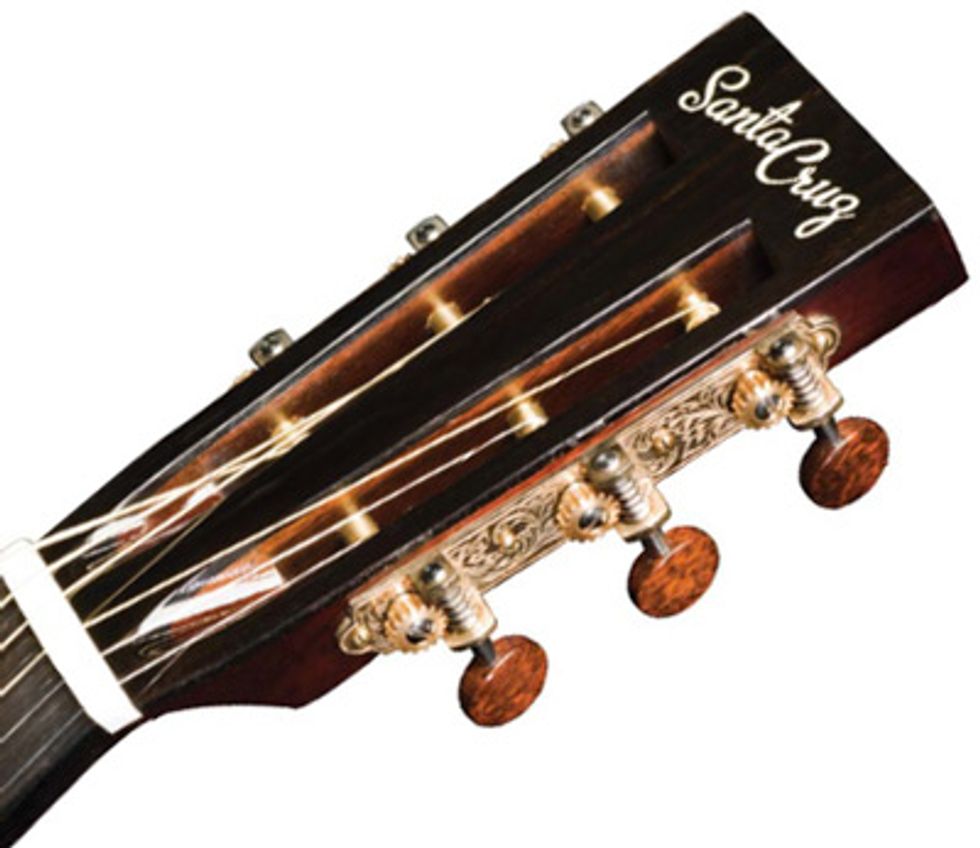
One of the merits of 12-fret guitars
(which have their neck joint at this point,
rather than at the standard 14th fret) is
that the increased distance between the
bridge and soundhole can make a body
less stiff and, in some cases, capable of
producing richer tones. It’s hard to know
how much this factors into the voice of
the Cowboy Singer, particularly given how
bright it can be for a mahogany guitar. But
you certainly get the sense that the 12-fret
configuration of the Cowboy Singer has
a lot to do with how deftly the guitar
balances rubbery bass tones and bell-like
trebles. The balance becomes even more
remarkable when you use a capo on the
Cowboy Singer. Typically, playing with
a capo trades low-end oomph for high-harmonic
zing. But even with a capo at the
5th fret, the Cowboy Singer has plenty of
thump for thumbpicked alternating bass
lines (though its wide string spacing means
a lot of capos won’t fret all six strings at
the 5th fret or higher).
Open tunings showcase the Cowboy
Singer’s remarkable combination of girth,
chime, and resonance, and reveal the guitar’s
lively energy. Variations on open G
and DADGAD that are heavy on octaves
lured me into playing fewer notes—more
slowly—so I could relish the even, ringing
sustain and the surprising multitude of
overtones you can coax out of the Cowboy
Singer’s compact body.
The Verdict
Just about any guitar from the Santa Cruz
factory is bound to be some measure of
exquisite. And even by the company’s
lofty standards, the Don Edwards Cowboy
Singer is soulful and extraordinarily beautiful
to look at and play. With its wide string
spacing, the fretboard is ideal for peppering
fingerstyle work with pull-offs, hammer-ons,
and bends. But it’s the Cowboy
Singer’s broad and multifaceted sonic signature
that makes this Santa Cruz special.
It has superb and unusual balance and
dynamic range for an all-mahogany body—
a distinction that’s certainly attributable
to Richard Hoover’s holistic and exacting
approach to guitar building. And if you’re
a fingerstylist who digs the feel of a 12-fret
neck, or a singer and picker who looks to
the guitar for texture and nuance, it’s hard
to imagine a finer slab of wood and wire
for the job.
Buy if...
you love the warmth of all-mahogany guitars, but lust for a little more low end and zing, and embrace the notion of subdued, yet extraordinary guitar craft.
Skip if...
you prefer 14-fret neck joints, need jumbo-body volume, or need super bright spruce-and-rosewood tones.
Rating...


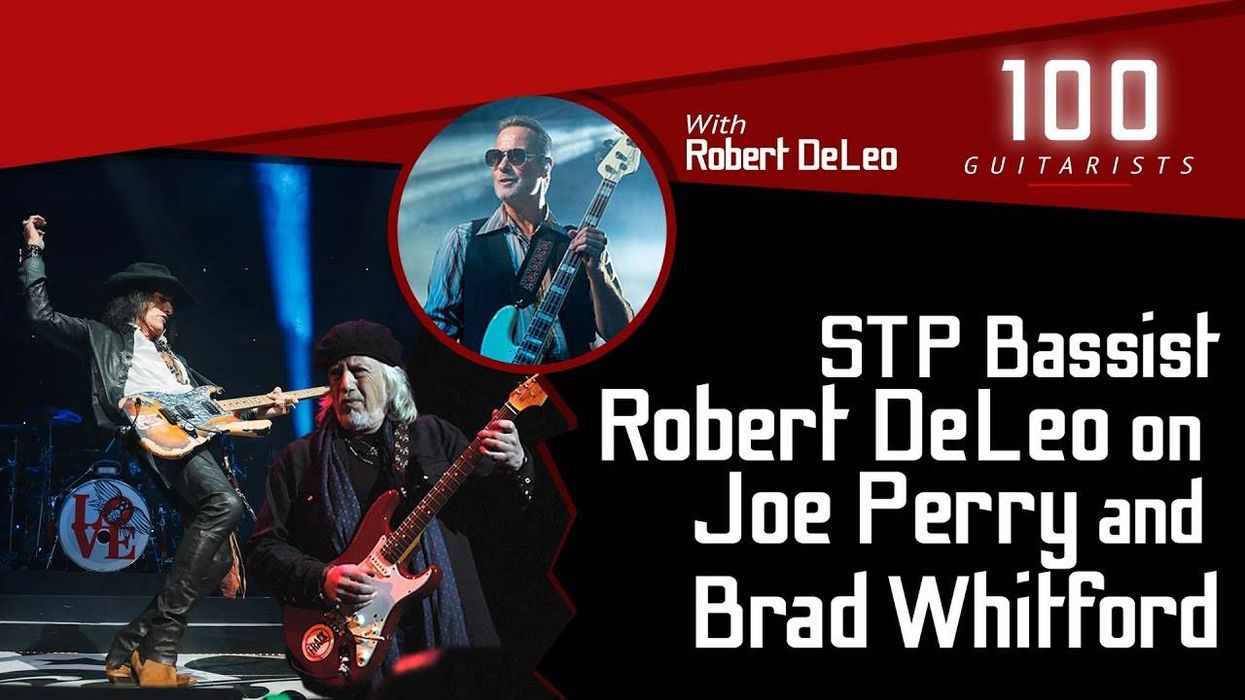
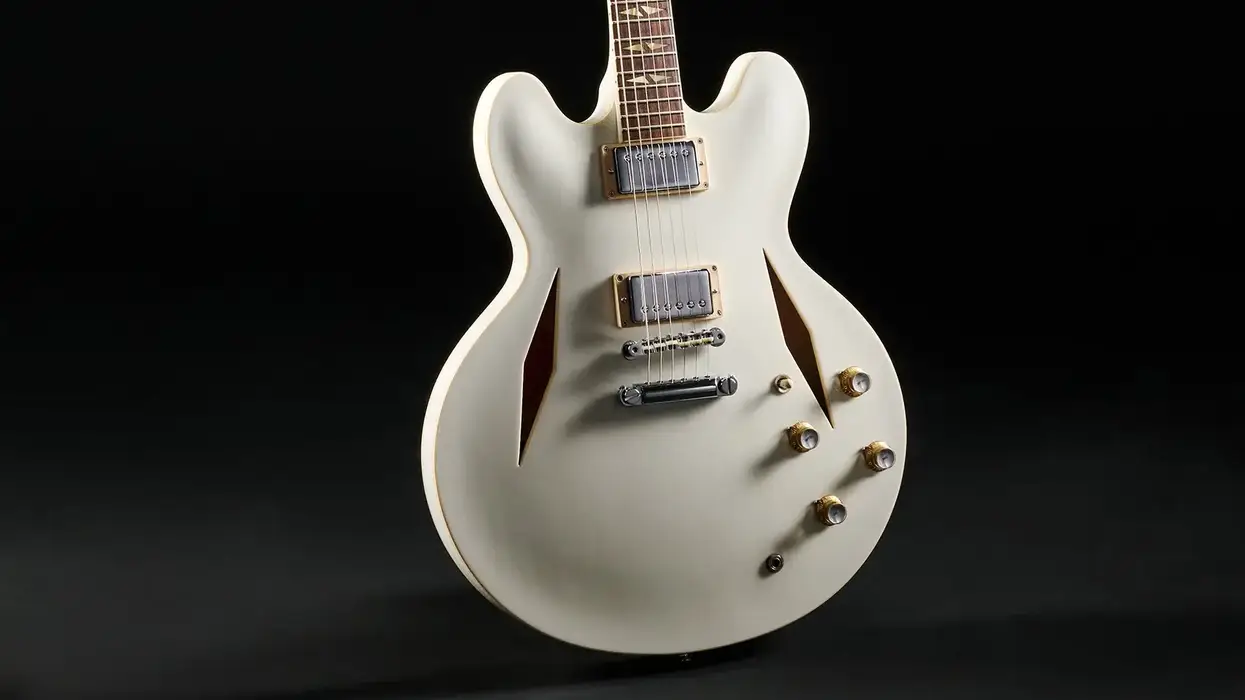
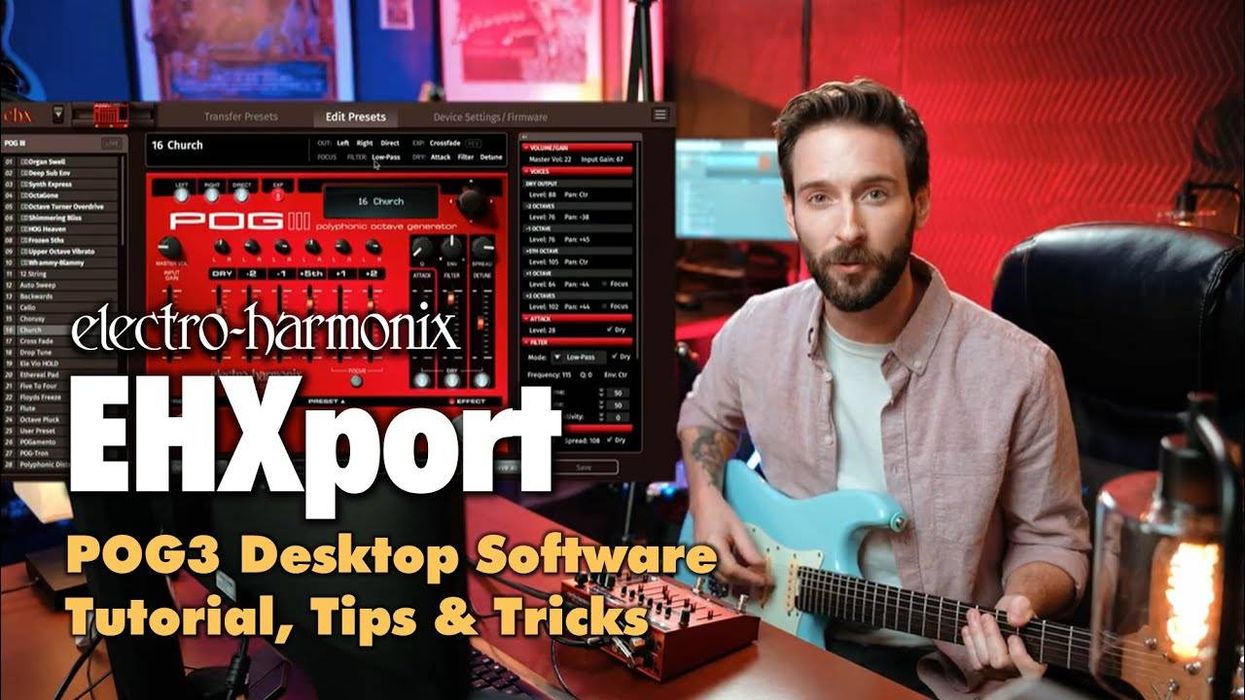
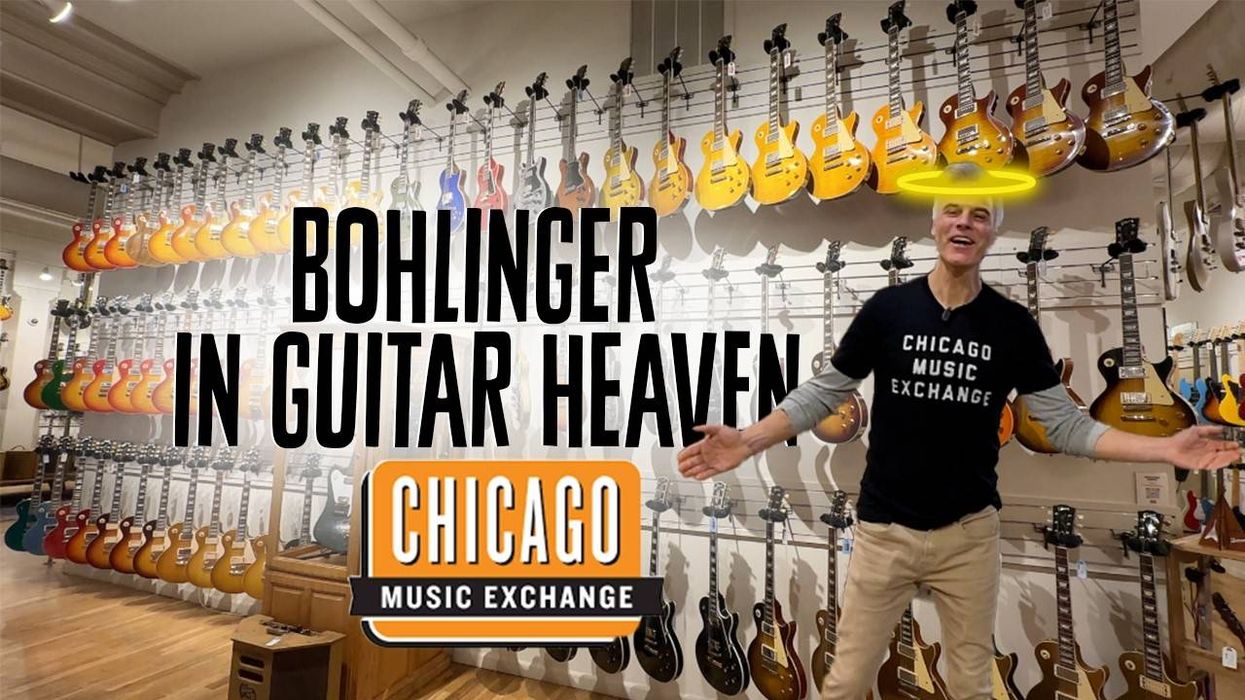
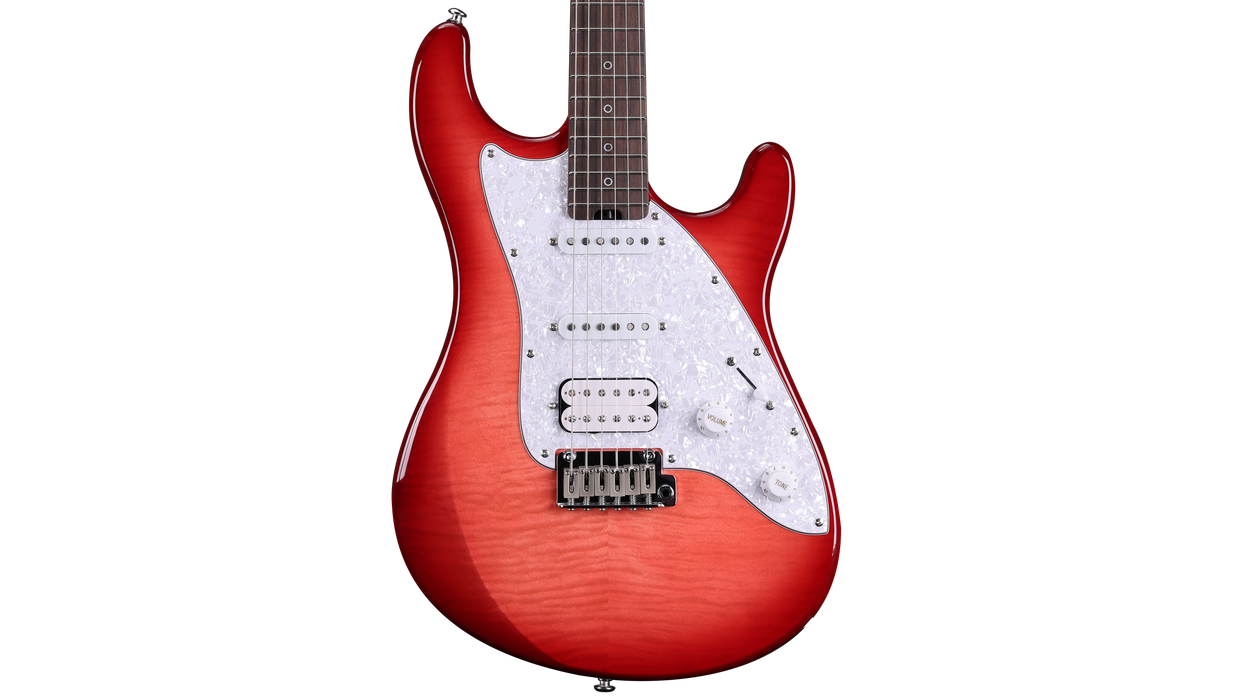
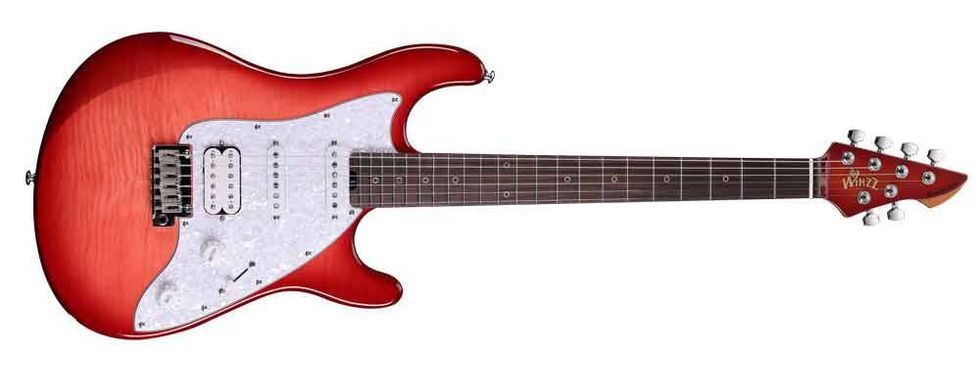
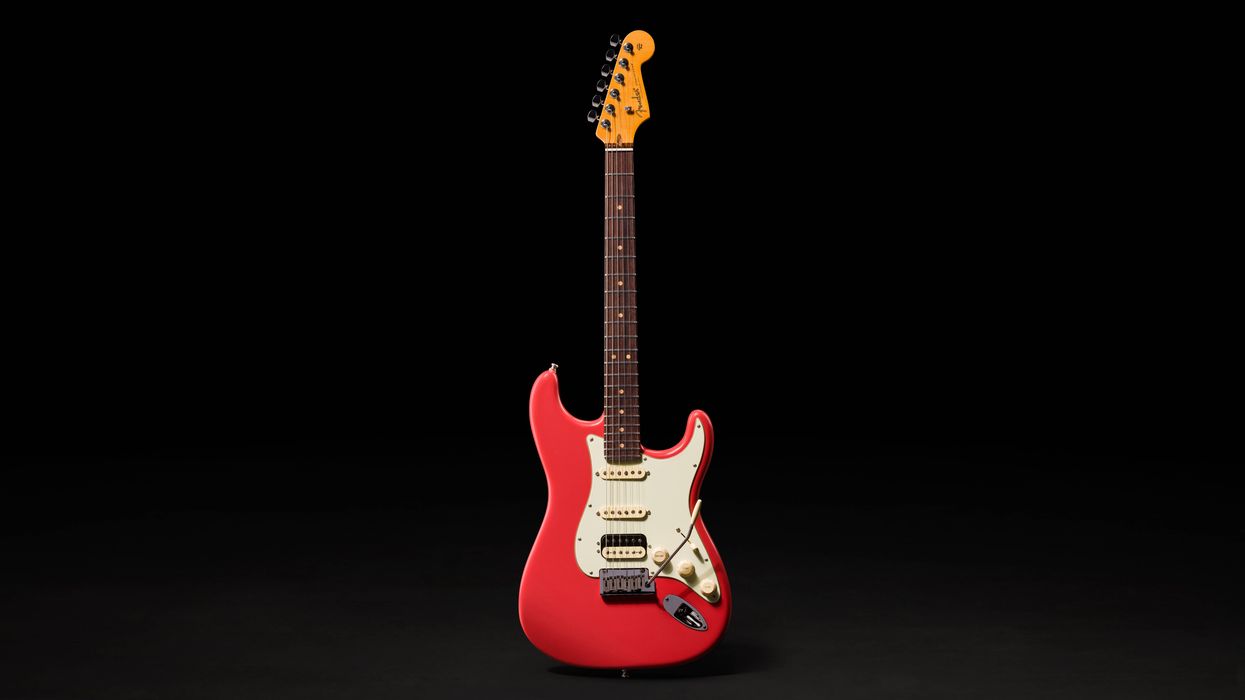
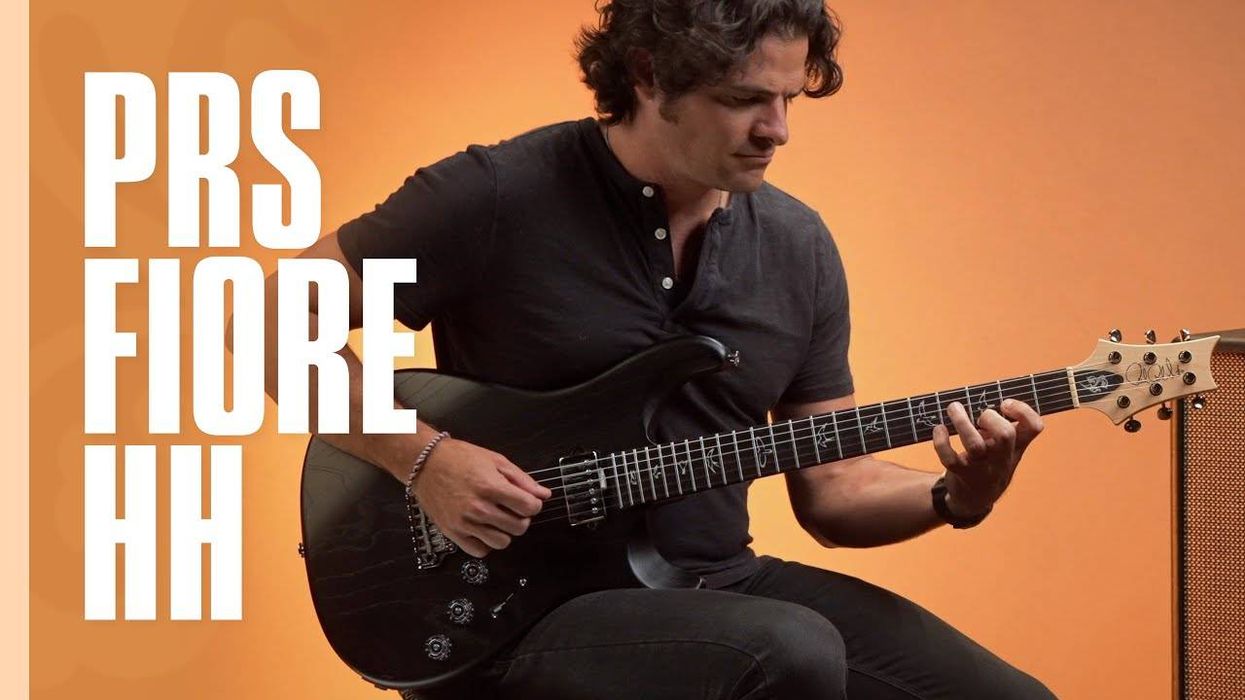
![Rig Rundown: AFI [2025]](https://www.premierguitar.com/media-library/youtube.jpg?id=62064741&width=1245&height=700&quality=70&coordinates=0%2C0%2C0%2C0)

